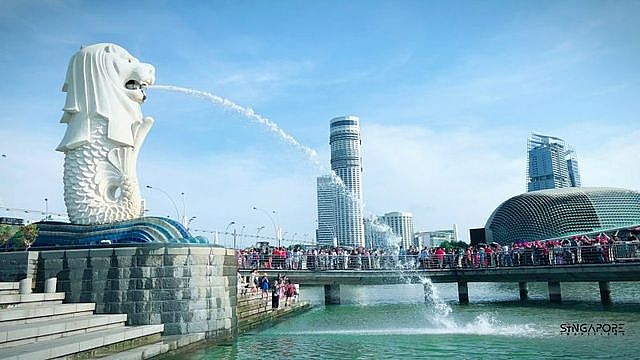ROME wasn’t built in a day. The Great Wall of China took 2,300 years to be built to its current state. The Greek historian Herodotus was told that it took 100,000 men 20 years to build the Great Pyramid at Giza.
Henceforth, the ringgit’s dreadful fall from grace against the Singapore dollar (SGD) or even the greenback should not be solely attributed to contemporary developments alone, many of which are certainly beyond our control.
In fact, blaming the ringgit’s despair to external factors, ie. the anticipated hawkish stance by the US Federal Reserve or jitters from the Russia-Ukrainian conflict or tightening of monetary policy by the Monetary Authority of Singapore (MAS) to curb inflationary pressure is akin to sweeping the dust of Malaysia’s economic incompetency under the rug.
With due respect to Bank Negara Malaysia’s (BNM) Governor Tan Sri Nor Shamsiah Mohd Yunus, whose exclusive interview with Bernama yesterday (April 28) outlined the above rationale as contributing factors to the ringgit woes, it has to be pointed out that tendency to cite “external factors” whenever the Malaysian currency weakens has become a cliché among Malaysian financial/economic leaders ever since the 1997/1998 Asian Financial Crisis (AFC).
At least this still makes valid sense compared to some genius political leaders who will praise the ringgit slide as a good development to rural folks – good for export or good to entice more tourist to visit Malaysia when they have forgotten or unware (ignorance is bliss) of the cost when we import machinery or food stuff or even that the country’s debts are quoted in the US dollar (almost 65% of gross domestic product [GDP] already).
On a broader term, however, even if on the Japanese yen is weaker by around 10.4% against the greenback, the UK pound (by around 7.3%), South Korean won (6%) and Thai baht (2.7%), dare we to compare their GDP strength with ours?
As for Japan, its current-US dollar GDP has risen 10.1% (revised) or US$2.10 tril in 2021 to a level of US$23 tril in contrast to a decrease of 2.2% or US$478.9 bil in 2020. South Korea’s GDP was worth US$1.63 tril in 2020, according to official data from the World Bank.

And most humiliating – such a bitter pill to swallow – is having to acknowledge the so-called city-state of Singapore as the wealthiest country in Asia with a per-capita GDP of US$107,690 (circa RM468,540).
The southern neighbour who parted way with Malaysia in 1965, owes its wealth not to oil but rather to a low level of government corruption and a business-friendly economy.
As for Malaysia, its full-year economic performance expanded 3.1% in 2021, rebounding from the 5.6% drop in 2020, the country’s worst annual performance since the 1997/1998 AFC. Malaysia is projecting a 2022 economic growth of between 5.5%-6.5%.
Malaysia’s already fragile economic fundamentals with cracks surfacing in the 1980s as well as failure to plug leakages, economic mismanagement coupled with escalating inflationary pressure is never a problem that can be resolved overnight.
Moreover, mega corruption in the likes of the 1Malaysia Development Bhd (touted as the mother of all financial scandals) has not only impoverished the country to the tune of US$4.5 bil but could have also triggered a loss of confidence in the Government which further curtailed foreign direct investment (FDI) which would increase demand for the ringgit and raise its exchange rate. – April 29, 2022










